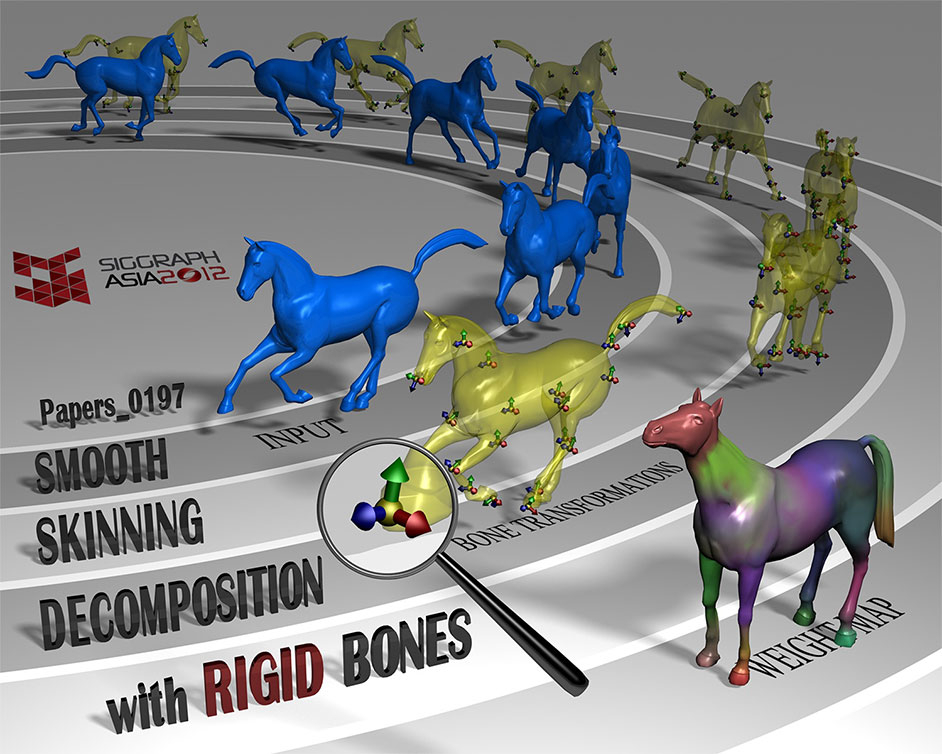- 01/21/2020 01:00:00 AMResearch from UH Computer Science: Out of the Lab and into Popular UseTechnique has improved quality of animation in a number of video games.http://graphics.cs.uh.edu/wp-content/papers/2012/2012_SA_SSDR_preprint.pdf
 Computer Science
Computer Science
